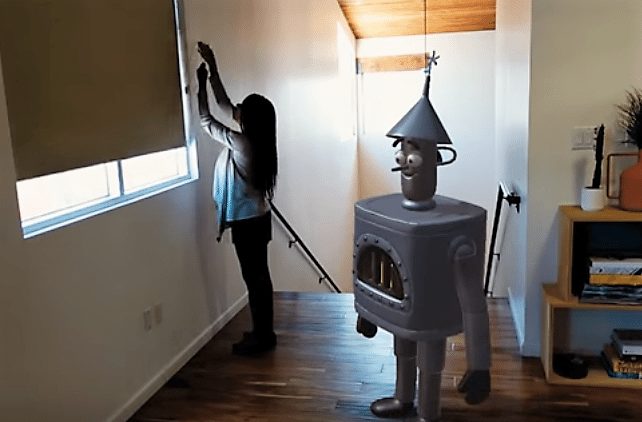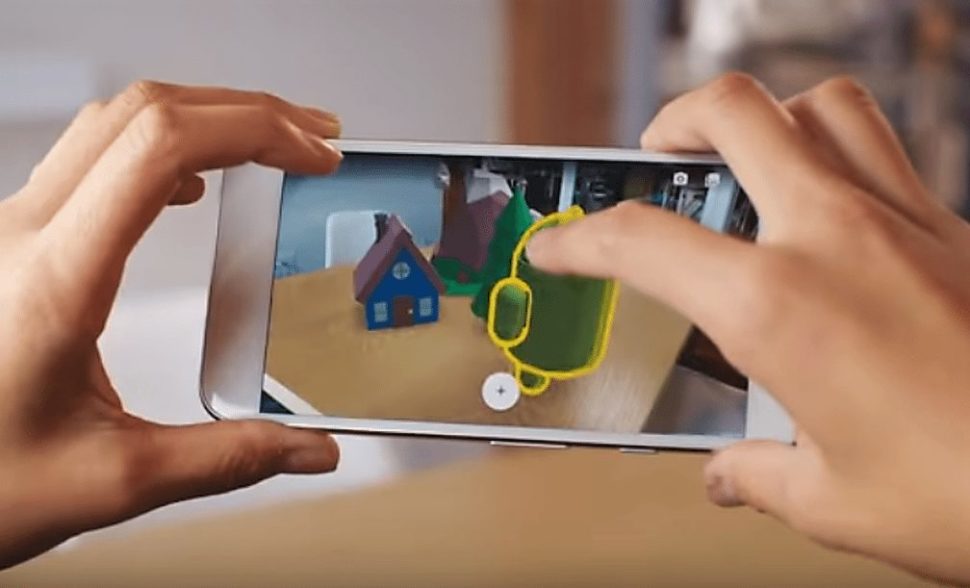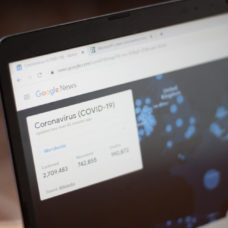In an attempt to popularize augmented reality on smartphones, Google released a new set of software tools, dubbed the ARCore kit, that developers could use in making AR applications for Android phones.
In a post dated August 28th that was published on Google’s blogsite, Dave Burke, vice president of Android Engineering at Google, announced that they released a preview of the ARCore kit.
A part of the post read:
“With more than two billion active devices, Android is the largest mobile platform in the world. And for the past nine years, we’ve worked to create a rich set of tools, frameworks, and APIs that deliver developers’ creations to people everywhere. Today, we’re releasing a preview of a new software development kit (SDK) called ARCore. It brings augmented reality capabilities to existing and future Android phones. Developers can start experimenting with it right now.”
#Google just release a preview of its newest SDK, the #ARCore kit for developers!Click To TweetThe arrival of ARCore kit preview comes ahead of Apple’s plan to launch its ARKit with iOS 11 soon. The said tool will enable smartphones to sport augmented reality experiences without any specific cameras and sensors.
What is ARCore Kit and What Developers Should Expect From it
It was in 2014 when Google announced its partnership with Lenovo in making hyper accurate AR possible by viewing the world in three dimensions. The program was called Project Tango.
“We’ve been developing the fundamental technologies that power mobile AR over the last three years with Tango, and ARCore is built on that work,” Burke mentioned in his post.

Unlike Tango, ARCore kit works without additional hardware, making the software scalable across the Android ecosystem. Burke went on to say:
“ARCore will run on millions of devices, starting today with the Pixel and Samsung’s S8, running 7.0 Nougat and above. We’re targeting 100 million devices at the end of the preview.”
The ARCore kit is compatible with Java/OpenGL, Unity, and Unreal and has three major focuses: motion tracking, environmental understanding, and light estimation.
- Motion Tracking – Using the phone’s camera to observe feature points in the room and IMU sensor data, ARCore determines both the position and orientation (pose) of the phone as it moves. Virtual objects remain accurately placed.
- Environmental understanding – It’s common for AR objects to be placed on a floor or a table. ARCore can detect horizontal surfaces using the same feature points it uses for motion tracking.
- Light estimation – ARCore observes the ambient light in the environment and makes it possible for developers to light virtual objects in ways that match their surroundings, making their appearance even more realistic.
According to the ARCore developers page, ARCore kit can identify interesting points, called features, and tracks how those points move over time.
“With a combination of the movement of these points and readings from the phone’s inertial sensors, ARCore determines both the position and orientation of the phone as it moves through space.
In addition to identifying key points, ARCore can detect flat surfaces, like a table or the floor, and can also estimate the average lighting in the area around it. These capabilities combine to enable ARCore to build its own understanding of the world around it.”
Google also confirmed that they are currently working with some renowned manufacturers such as Samsung, Huawei, LG, and ASUS among others to ensure that the 100 million target devices to run AR will be achieved.
Burke further added that Google has also invested in apps and services that will support developers in creating astounding AR experiences. For instance, the tech giant created Blocks and Tilt Brush to make the creation of great 3D content for use in AR apps.
The search engine company also confirmed that it’s working on a Visual Positioning Service (VPS) that will enable a world scale AR experiences well “beyond a tabletop.” The company will also release prototype browsers for developers so they can start experimenting with AR too, citing that the Web is a critical component of the future of AR.
“ARCore is our next step in bringing AR to everyone, and we’ll have more to share later this year.” – Dave Burke



















‘The arrival of ARCore kit comes ahead of Apple’s plan to launch its own ARKit soon’… fake news alert! Apple actually launched ARKit as a Beta release to developers in June…. 12 weeks ago. Google’s AR Core announced the other day is a pre-release & is a clone of ARKit.